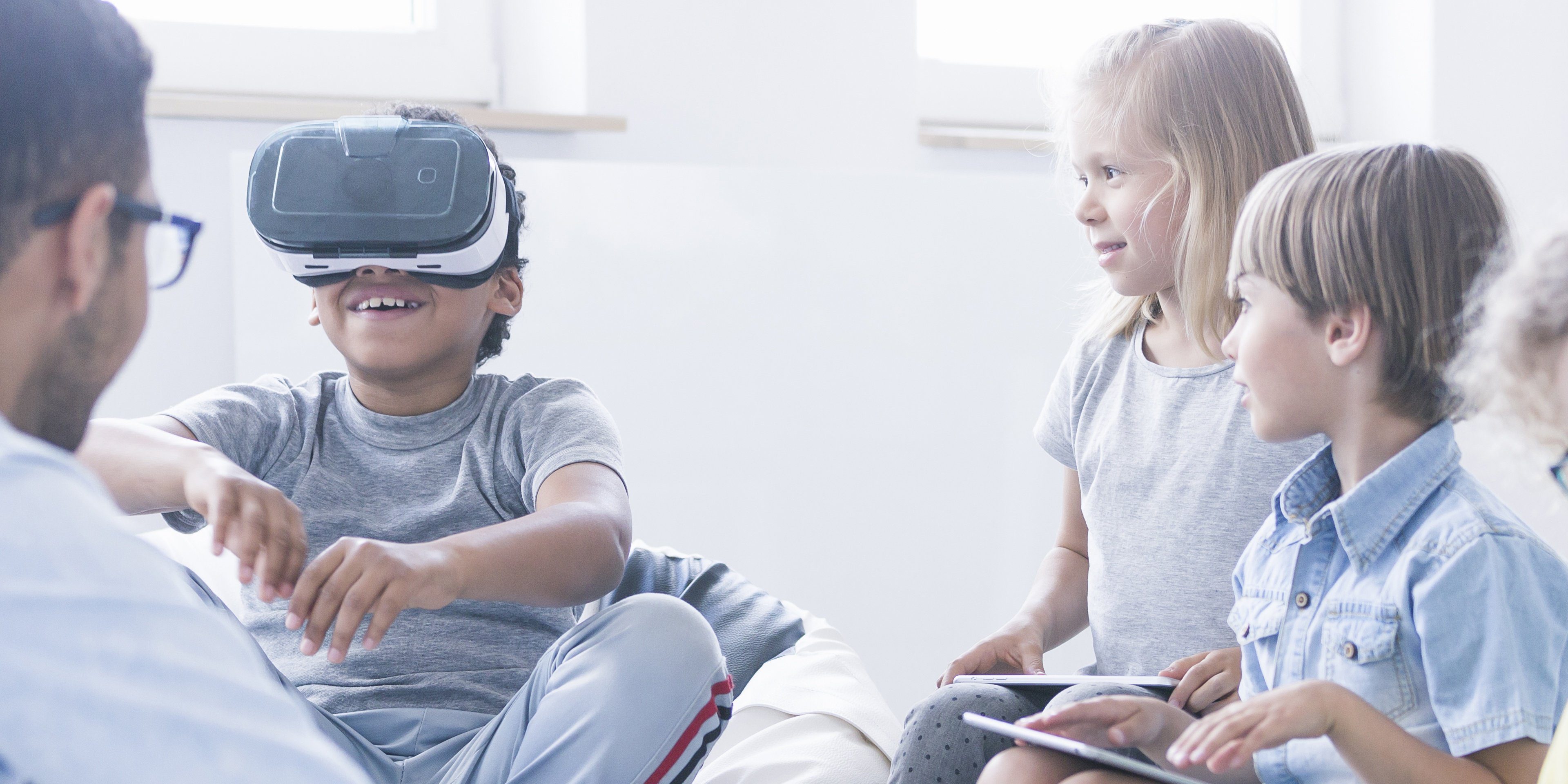We’ve talked many times about what makes a great VR Experience, but what about VR in a real use-case scenario? How does it do in real world environments? We are going to quickly go through a list of times where VR can really help in 3 particular scenarios.
VR as Pain Distraction
One of the great benefits of Virtual Reality is its ability to distract the user from the real world. One of the ways this can help in a real-world use case is at the dentist or in hospitals. By distracting the user or the patient by stimulating the brain and effectively saturating the users cognitive load, the dentist or practitioner can administer simpler tasks such as mouth cleaning or inserting an IV with minimal or no pain. There are several tests of this being done and as a quick summary: One specific study found that out of 79 patients (two thirds of the patients were wearing headsets and one third was not) the patients with the headsets felt significantly less pain or discomfort than those without a headset. Although a small sample size, 53 people out of 79 is still quite a good ratio, even for a simple test.
VR to Treat Phobias
As VR simulates real world environments really well, it also has the ability to train phobias and allows someone to get used to being somewhere they feel uncomfortable. For example, if someone has a fear of heights, placing them in a totally safe, virtual environment can push their limits of the user’s comfort level, without placing them in any sort of danger. Another example could be, spiders. I know, it sounds silly right? But if you are able to get a real close-up look of a spider, that you never would have seen before, just getting up close and being around it would make you feel a little more at ease over time. Or maybe not, some people really hate spiders (I think they’re cute… MOVING ON). Another great example for phobias is underwater. I see many people who don’t like being underwater, and although VR may not be able to give you the full sense of being wet and submerged, it can give you a glimpse that being underneath is not that scary. Even if it is just to train your brain while holding your breath to set your expectations of what being underwater looks like.
Interested in seeing what Virtual Reality can do for your next event? Click here to see what it’s all about!
VR as a Training Tool for Kids with Autism
Now this one is amazing, that’s why I saved it for last. A study down at the University of Texas in Dallas has created a program that places kids or teens with autism in situations that require a certain level of social nuance, such as job interviews. By monitoring and coaching these kids on their based on their responses allows the kids to better understand important social cues that will help them in their lives. Quote: “For more than six years, BrainHealth’s virtual reality program has provided realistic and dynamic opportunities to succeed in social situations. Study findings published recently in the Journal of Autism Developmental Disorders reveal that this cutting-edge technology is a promising tool for improving social skills, cognition, and functioning in autism. “Participants’ scores significantly improve in areas of emotional recognition, as well as the ability to understand and respond to what others are thinking, in as little as five weeks,” said Tandra Allen. “They feel that the training improves their conversation skills. It’s very exciting to be taking this initiative nationwide.”” (ref. Centre for BrainHealth, UofT, Dallas) It’s an amazing study and I definitely recommend reading it.
So that’s basically it for today, I hope you can see how Virtual Reality can provide positive use-cases in real-world and study scenarios.







